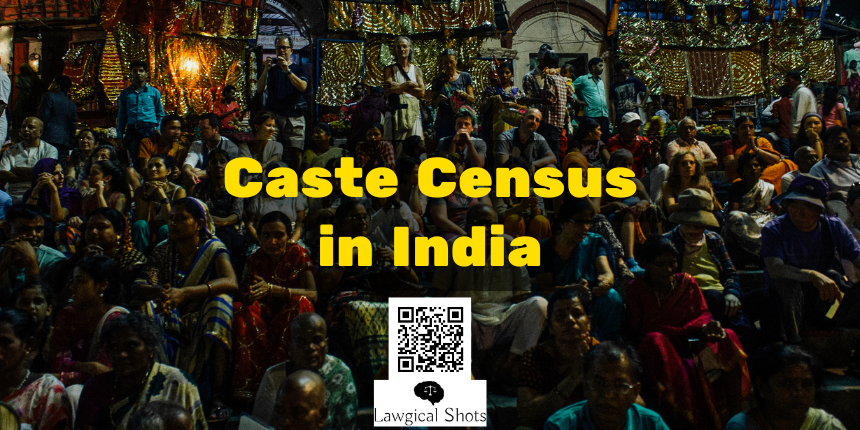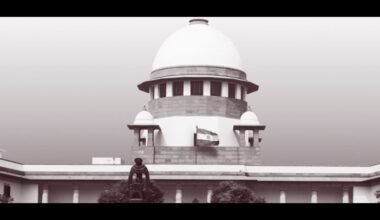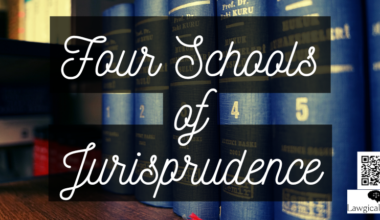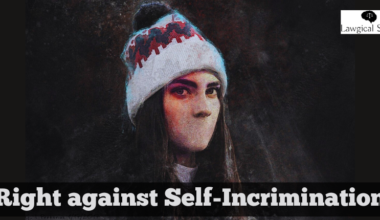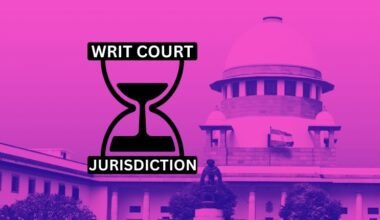A country is not just a piece of land, it is all about who lives on that land. India’s rich culture and heritage does not need an introduction. Indian land is a bouquet of diversity. While we cherish the diverse cultures and practices, sometimes, the diversity becomes a topic of dispute. So is the case with castes. It makes us different, but sometimes distant as well. Since a lot is going on around with the Central Government’s nod, it is better to start with understanding the answer to the question – what is caste census in India? For that matter, knowing the basic aspects of the census becomes all the more crucial. All of it has been covered hereunder. Some light has also been thrown upon the caste census of Bihar, Telangana and Karnataka to get a better picture. Read the piece and share your views at lawgicalshots@gmail.com.
Law for Census in India
Everything depends upon which law authorises or governs that aspect. In India, while the Constitution of India is the grundnorm, laws are made concurring to what is provided in the Constitution. Given below is the legal framework which lays about the government authorities taking Census every 10 years.
Constitution of India
The Indian Constitution lays the foundation of government, administrative, individual rights, and various other aspects. It also distributes subjects between Union and States in order to bring clarity and avoid confusion over who is responsible for a particular job. The Article 246 of the Indian Constitution 7th Schedule lays the Union List. Serial Number 69 mentions “Census” in this list. However, this is not the only mention of the census in the Constitution of India. The provisions pertaining to elections, be it for the Parliament, State Legislature or Panchayat level, ascertaining population depends upon the preceding census.
Census Act, 1948
India got independence in 1947, and a new nation was made – in terms of territory. There were rules and regulations to follow, but India was still in the making. The Census Act was enacted on September 3, 1948. The said law lays about several aspects related to conducting Census in India. The Act empowers the Central Government for taking census in the whole or any part of the country. It lays in details how Census operations shall take place and how duties be balanced between the Union and the State. It may be noted that there is no mention of caste census in the 1948 Act.
What were the Questions asked in Census 2011?
The website of Census India shares the questions asked in Census reflecting the specific years. The Census 2011 Household Schedule included the following entries:
| S. No. | Particulars |
| 1 | Name of person |
| 2 | Relationship to head |
| 3 | Sex |
| 4 | Date of Birth and Age |
| 5 | Current Marital Status |
| 6 | Age at marriage |
| 7 | Religion |
| 8 | Scheduled caste (SC)/Scheduled Tribe(ST) |
| 9 | Disability |
| 10 | Mother Tongue |
| 11 | Other Language known |
| 12 | Literacy Status: Literate -1/ Illiterate -2 |
| 13 | Status of attendance |
| 14 | Highest educational level attained |
| 15 | Worked any time during last year |
| 16 | Category of the economic activity |
| 17 | Occupation |
| 18 | Nature of the industry, trade or services |
| 19 | Class of workers |
| 20 | Non-economic activity |
| 21 | Seeking or available for work |
| 22 | Travel to place of workOne way distanceMode of Travel |
| 23 | Fill for person born outside this village/town, Birth Place, If within India, write the present name of village/town, district and State. if outside india, write the present name of the country |
| 24 | Migration characteristics (Fill for person who has come to this village/town from elsewhere) Place of last residenceIf within IndiaAt the time of migration |
| 25 | Reason for migration |
| 26 | Duration of stay in this village/town since migration |
| 27 | Fertility Particulars – Children survivingDaughter(s)Son(s) |
| 28 | Children ever born aliveDaughter(s)Son(s) |
| 29 | Number of children born alive during last one yearDaughter(s)Son(s) |
What is Caste Census?
In recent years, the discussions over caste census have increased. In fact, there are 3 Indian States where caste census has already become a reality. The concept is again in news since the Central Government gave a nod for caste census in India. The last time, Census 2011 was conducted and the next was awaited in 2021. However, due to COVID-19 pandemic, things did not go as they were expected. Now the government plans to begin with the next census this year only. Since caste census will soon be a reality, it becomes all the more important to understand what is going to happen and what will change thereafter.
The questions asked in Census majorly included broader aspects like sex, religion, age, children, etc. Caste system is very much prominent in India and this cannot be denied by anyone. Caste census in India shall include collection of data regarding distribution of different castes within a specific area and population. It may further include their socio-economic status, education levels, and other relevant parameters. The caste census data shall reflect people from which castes are more in number, more educated, etc. As per reports, caste census will be included in the Population Census to be conducted in 2025.
Caste Census Data
Looking at the national picture, there is no data available for castes in Census 2011. The debate over caste census in India mostly ignited in recent years. The Census data for three Indian states which conducted caste census has been listed below:
Telangana Caste Census Report 2025
As per news reports, while the complete survey report of Telangana Census 2025 was not tabled in the assembly, the Chief Minister presented a summarized overview of the same. The said overview reflected that Backward Classes constitute more than half of Telangana population, in which, BC muslims were 10.08%. The SCs were numbered at 17.43%, STs at 10.45%, and Other Castes at 15.79%.
Caste Census Bihar 2023
The Caste Census Report for Bihar, taken in October 2023 revealed that the OBC population numbered at 27.13%. The Extremely Backward Sub-Classes constitute 36%, being 13.07 crore in numbers or 63% of State’s total population. The population percentage for Buddhists, Christians, Sikhs and Jains was below 1%. The Bihar 2023 Census Report can be downloaded here.
Karnataka Caste Census Report
Though the data was collected in April-May 2015, the 10 year-stale report was taken up for discussion before the State Government Cabinet this year in 2025. The said report is termed as Socio-Economic and Educational Survey, prepared by the Karnataka State Commission for Backward Classes. The said survey reflected 70% of the Karnataka State population belonging to the Backward Classes. Muslims being the largest bloc counted at 12.58% of the total population. The said numbers were followed by Veerashaiva-Lingayats with around 11% population.
Two Words
Caste system in India has been a problem since ages. The topic of reservation becomes a heated debate more often. Inter-caste marriage is still a taboo in several parts of the country, where people kill their own kids to honour their casteist beliefs. That is why the Government offers financial support to couples through Inter Caste Marriage Schemes. While even the Apex Court accepts that caste system is a problem, and bats for destroying it through intercaste marriages, the governments in our country take steps to count people based on their castes. Will this help enhance people’s welfare or deepen the line of division in our society, remains a big question time will answer. Let’s hope everything falls in place for good and our diversity strengthens brotherhood in our country.
